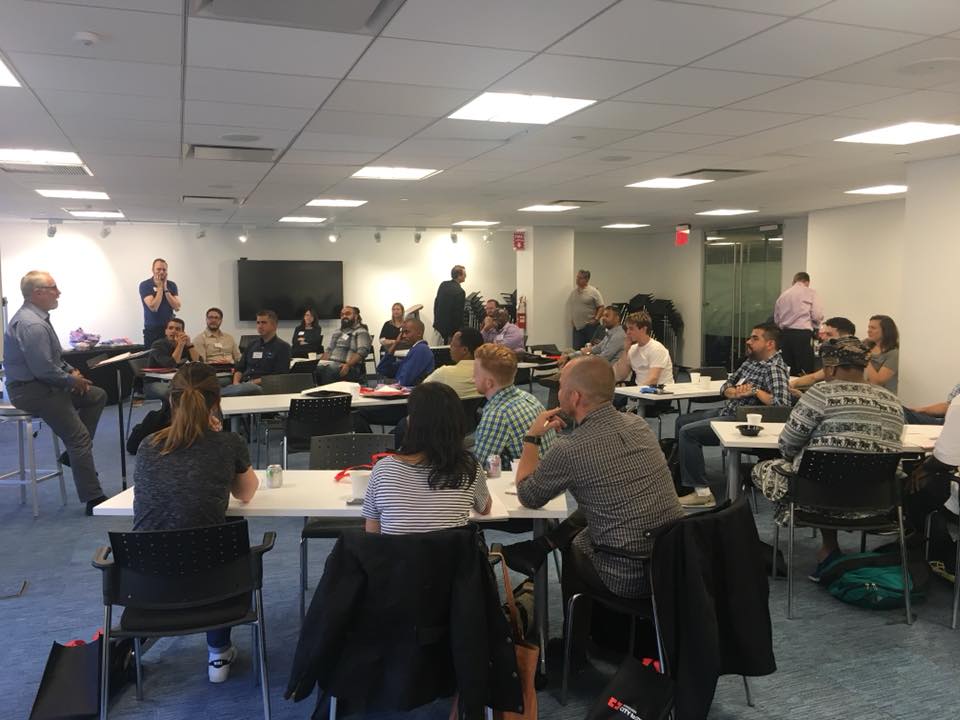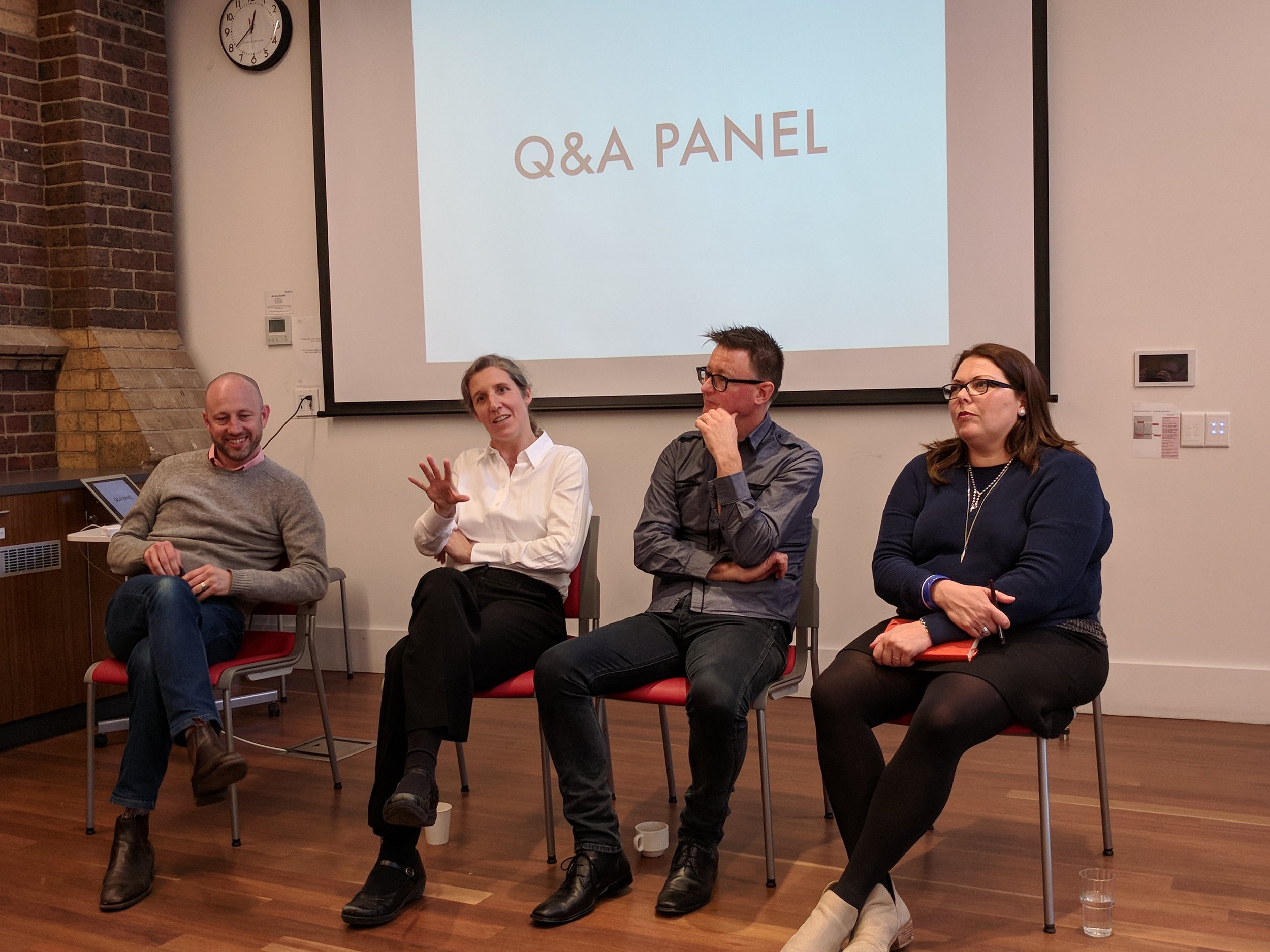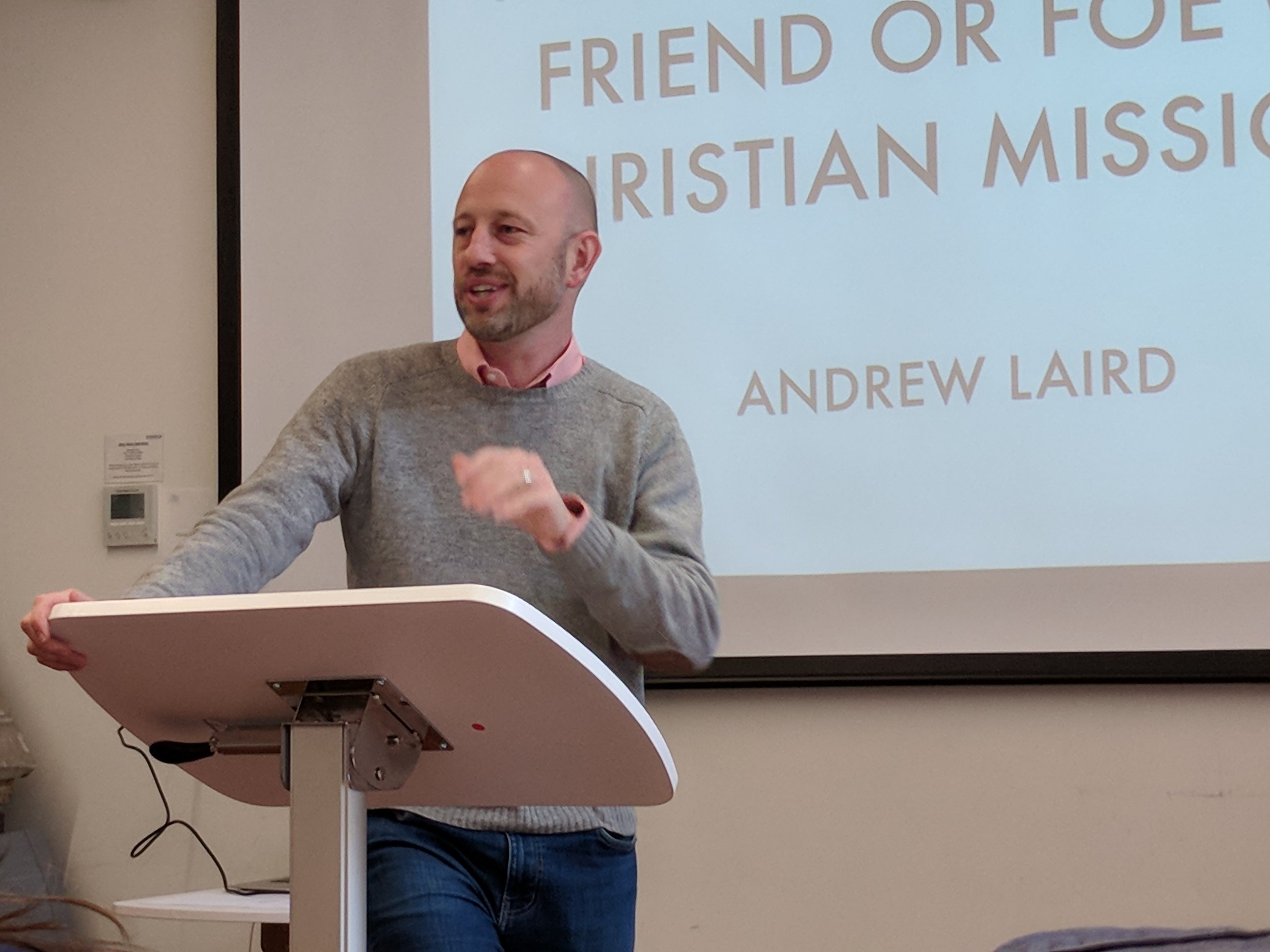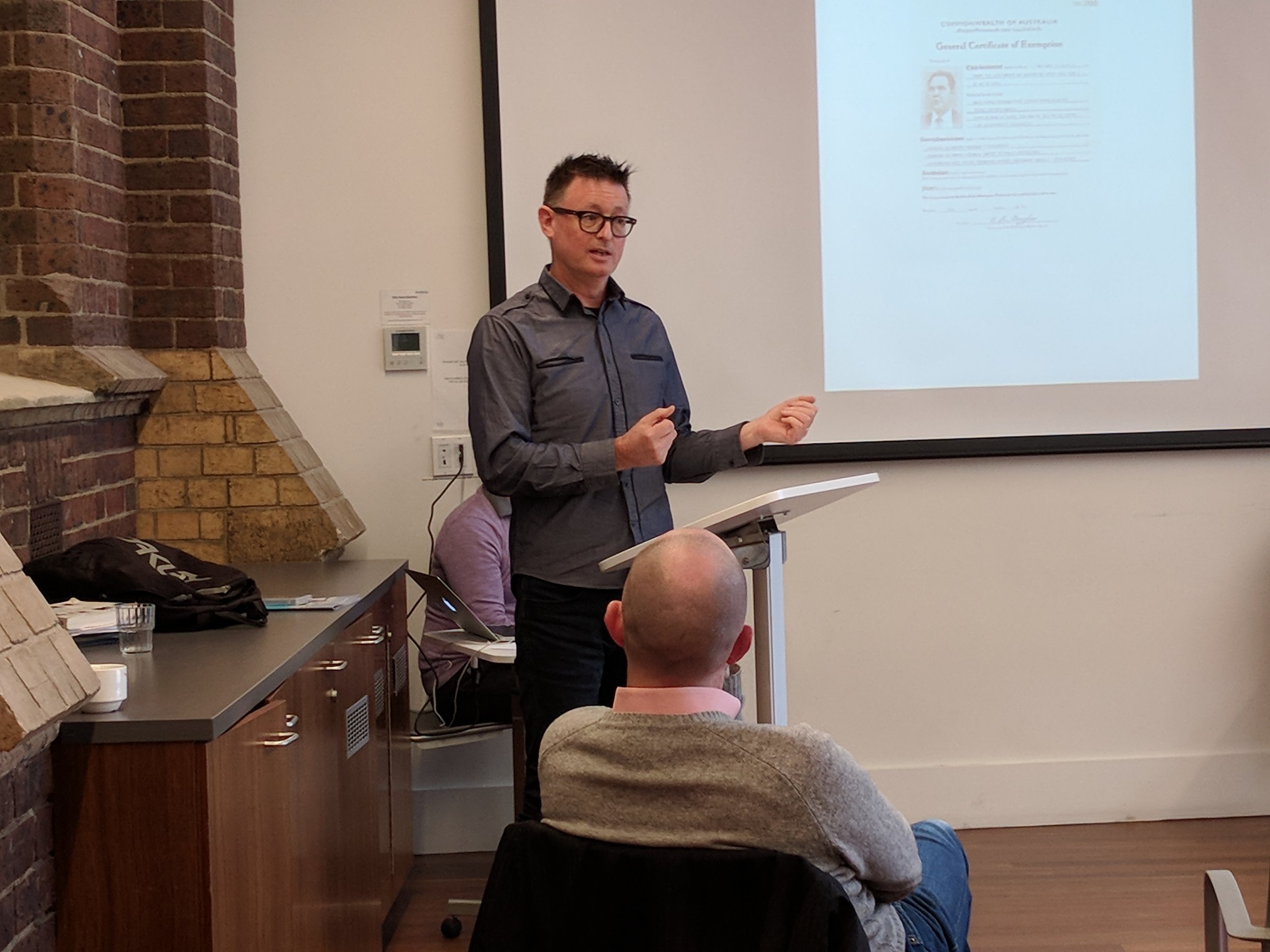Church planters from around the globe gathered in New York City in October this year for the International Intensive, City to City's training program for those starting churches in global cities.
This year City to City Australia sent Lawson and Marella Hannaford from Adelaide to take part and join with the other 22 participants from countries including Lebanon, Brazil, South Africa, Mexico, Kenya, Uganda, Scotland, Czech Republic and Italy.
"Redeemer Presbyterian hosted the intensive at their shared offices with Redeemer City to City downtown on Manhattan Island. We were joined by church planters and their wives from all over the world including Africa, Europe, South and North America and the Middle East. My wife and I were so encouraged to see people with hearts for gospel movements across the world, held together by unity in Christ and passion to reach our cities through church planting. The intensive is magnified by its location in New York which seems like every culture and city in the world has come to live in one place, so you really begin to get the idea of how God loves cities and wants us to reach cities with news of His Son. We were also blown away by the quality of the training and the trainers, this truly is world class and yet emphasising that we take the gospel seriously in our own lives before we take it to the world. What a blessing! We are truly thankful to Christ and City to City for our time at the 2017 International Intensive."
– Lawson and Marella Hannaford. Planting in Adelaide, South Australia
2017 also marks ten years since City to City's first International Intensive. When the training first began in 2007, no curriculum existed, and there was simply no easy way to get the training out into the field. So Al Barth, Vice President Global Catalyst at Redeemer City to City, had the idea to bring the global church planters to NYC. CTC would give them key ideas to help equip them to plant and sustain urban churches.
Today, the Intensive consists of both off-site learning elements and classroom sessions led by Tim Keller, CTC staff and various New York City church planters. Mark Reynolds, Vice President Operations & Leadership Programs at Redeemer City to City says, “The Intensive is something we’ve continued to prioritize because of the impact it has had in the lives of these church planters—both on a personal level and in the kinds of churches they are planting.”














